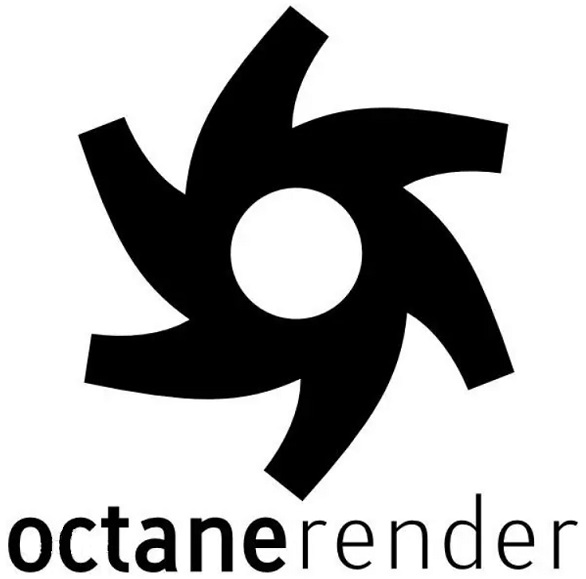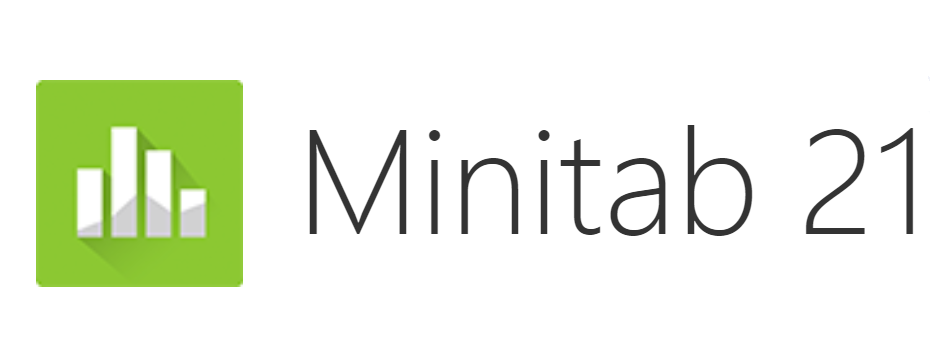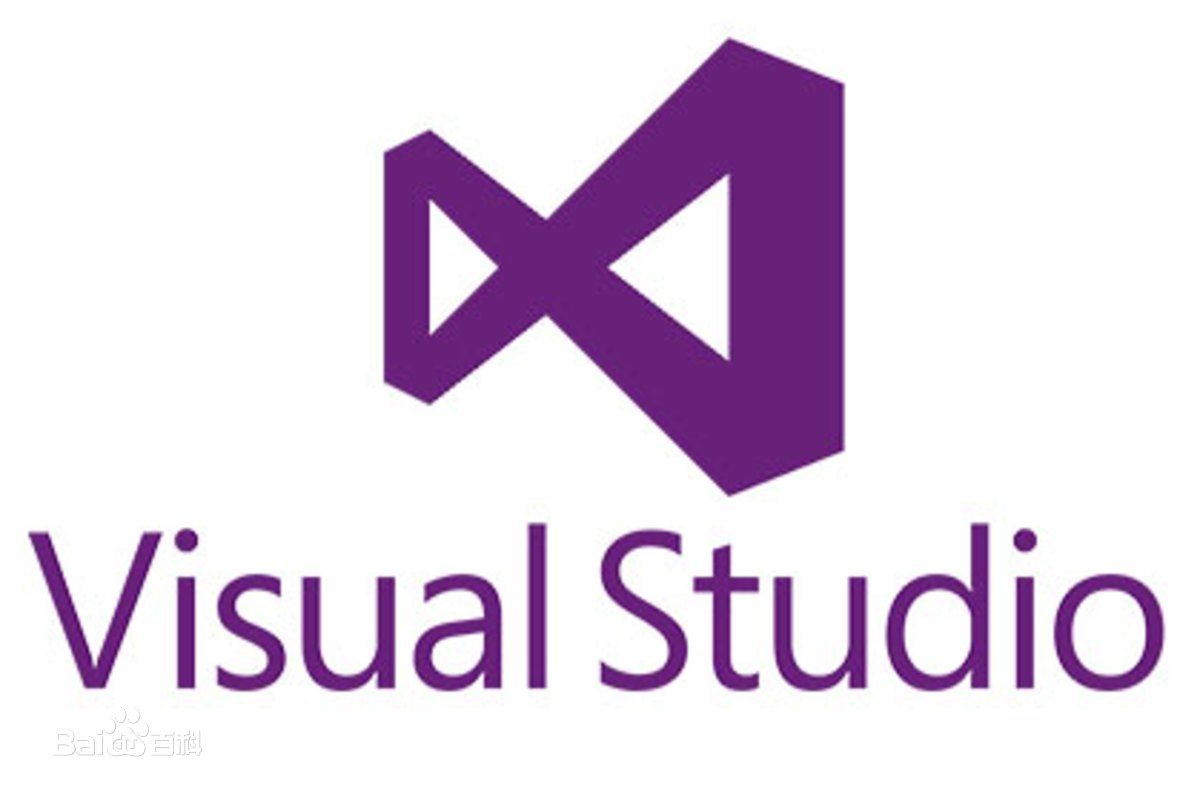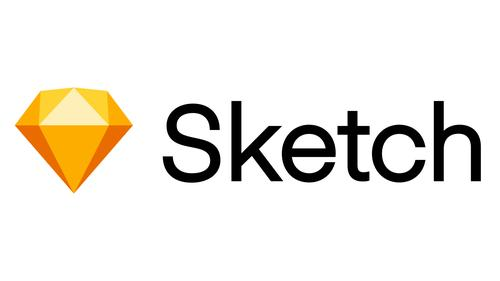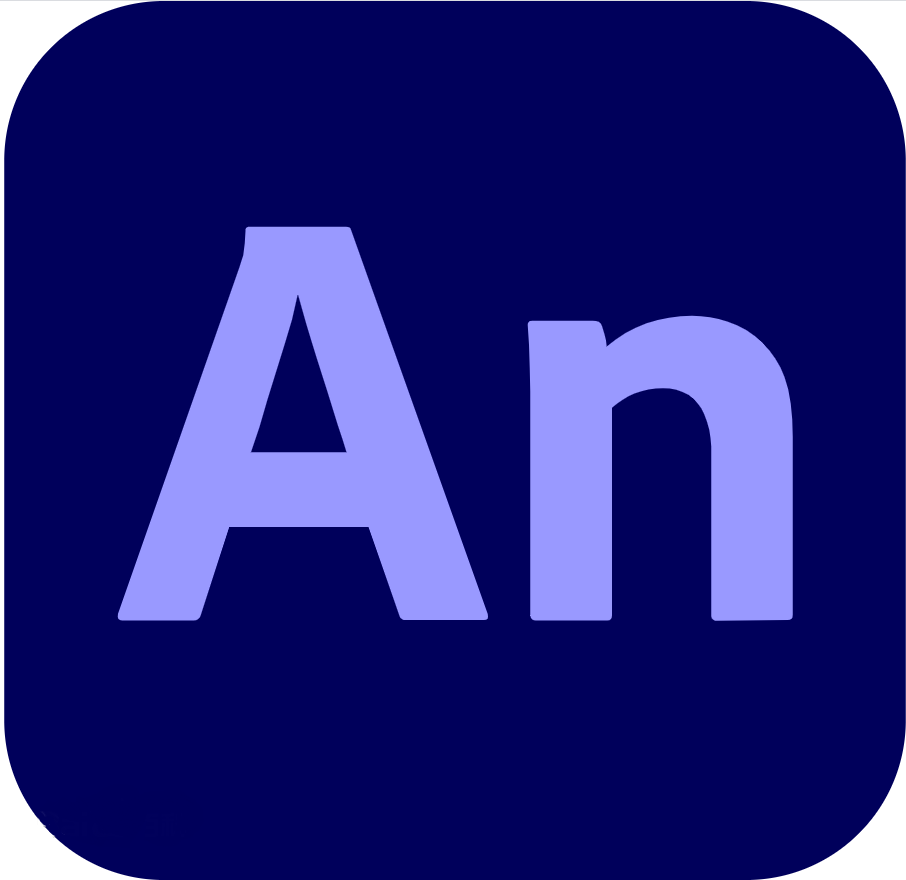1гҖҒ How does Geomagic handle hollows?
Hollow problems are actually very common in 3D modeling, especially when scanning objects with a scanner, which often results in some voids or incomplete areas. If these hollow areas are not handled properly, the model will be incomplete and there will be problems with subsequent printing or use. So, how to deal with these hollow problems in Geomagic? In fact, it has some simple and efficient methods.
Find the hole
The first step in dealing with hollows is to find those voids or cracks. Fortunately, Geomagic has a "grid check" feature that can automatically scan your model and help you identify areas that are incomplete or damaged. It's like you did a physical examination on the model, where there are any problems, it's clear at a glance, very convenient.
Automatically repair hollow areas
After discovering the hole, the next step is to fill it. In Geomagic, you can choose to directly use the 'Auto Fix' tool. This tool will automatically fill in the gaps for you. Basically, with just one click, the software will help you get it done. If the repaired area is complex, you can manually adjust it yourself to make the repaired area look more natural.
Smooth repair area
After filling, the repaired area may be rough or not smooth enough. At this point, Geomagic's "grid smoothing" feature can come in handy. Just select the patch area and click Smooth, the entire model will become smoother and more natural, and the patch will not be too abrupt.

Figure 1: Processing Hollow
2гҖҒ How to fill colors in Geomagic?
After completing 3D modeling, many people add colors to the model to give it a sense of appearance. Especially when showcasing products or designs, color filling not only makes the model more beautiful, but also enhances the overall visual effect. Geomagic has many practical features in this area. Let's take a look at how to fill models with colors in Geomagic.
Select the area to be filled
The first step in filling colors is to select the area that needs to be filled. Geomagic provides a very flexible selection tool, allowing you to accurately select the entire model or only select certain local areas. For example, you may only want to color a certain part rather than the entire model, which can be achieved by selecting tools. Very intuitive, there will be no misoperation.
Choose color and material
After selecting the color and choosing the area, the next step is to fill in the color. Geomagic offers a wide range of color options, including basic RGB colors and preset material effects such as metal, plastic, glass, etc., which can be freely selected according to needs. If you have higher requirements for color, Geomagic also offers gradient color options to help you create more layered color effects, such as gradient metallic or wood grain colors, which are not inferior to professional rendering effects. And material
Using texture mapping
If you want the model to look more realistic, Geomagic also provides texture mapping functionality. Through texture mapping, you can directly "paste" images or textures onto the surface of the model, which can quickly add some complex material effects to the model. For example, you can add some wood grain effects to the model or simulate the texture of leather. By adjusting the proportion, direction, and intensity of textures, colors and textures can blend perfectly, and the resulting model looks like an object in real life.

Figure 2: Fill Color
3гҖҒ How to add lines to Geomagic?
Everyone knows the function of lines. In 3D modeling, lines can not only be used to highlight the contours of the model, but also to add details, making the entire model more structured. Adding lines in Geomagic is very simple. Next, let's take a look at how to add lines to your 3D model using Geomagic to enhance its overall effect.
Add contour lines
In Geomagic, if you want to add contour lines to the model, you can use the "Edge Selection" tool. This tool can help you accurately select the edges of the model and automatically generate lines. Especially on complex models, contour lines can help highlight the shape of the model and create a more layered effect.
Add structural lines
Sometimes, we need to add some lines to the structural part of the model to showcase the design concept. Geomagic provides a very convenient "structural line" tool, allowing you to easily add lines at key locations in the model. These lines can be straight lines, curves, or manually adjusted as needed to help you showcase the design details of the model.
Adjust the thickness and style of the lines
Once the lines are added, you can adjust the thickness, color, and style of the lines as needed. Geomagic's line adjustment function is very flexible, allowing you to adjust the visual effect of each line according to your needs. Whether it's adding details or highlighting a specific part, it can be easily achieved.

Figure 3: Adding Lines
The above is how Geomagic handles hollows? How to fill the color content in Geomagic? With these simple operations, Geomagic can help you process the details of the model more perfectly. Whether it's filling in gaps, coloring models, or adding lines, it can make your model more vibrant, look more refined, and professional.



